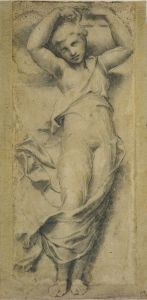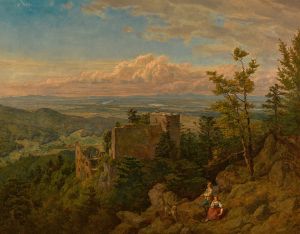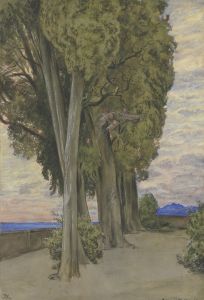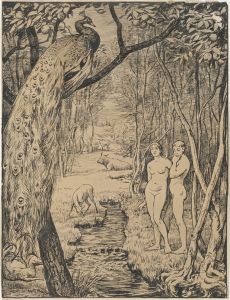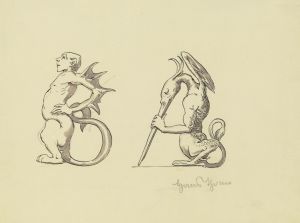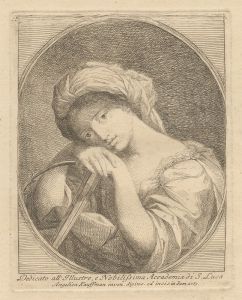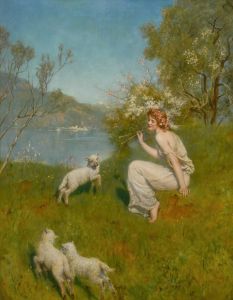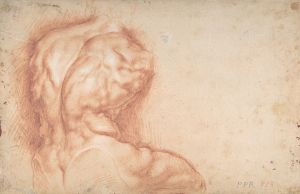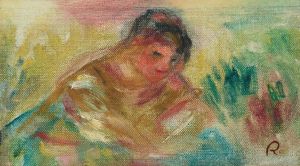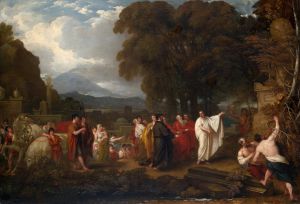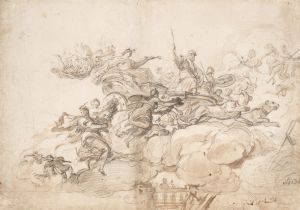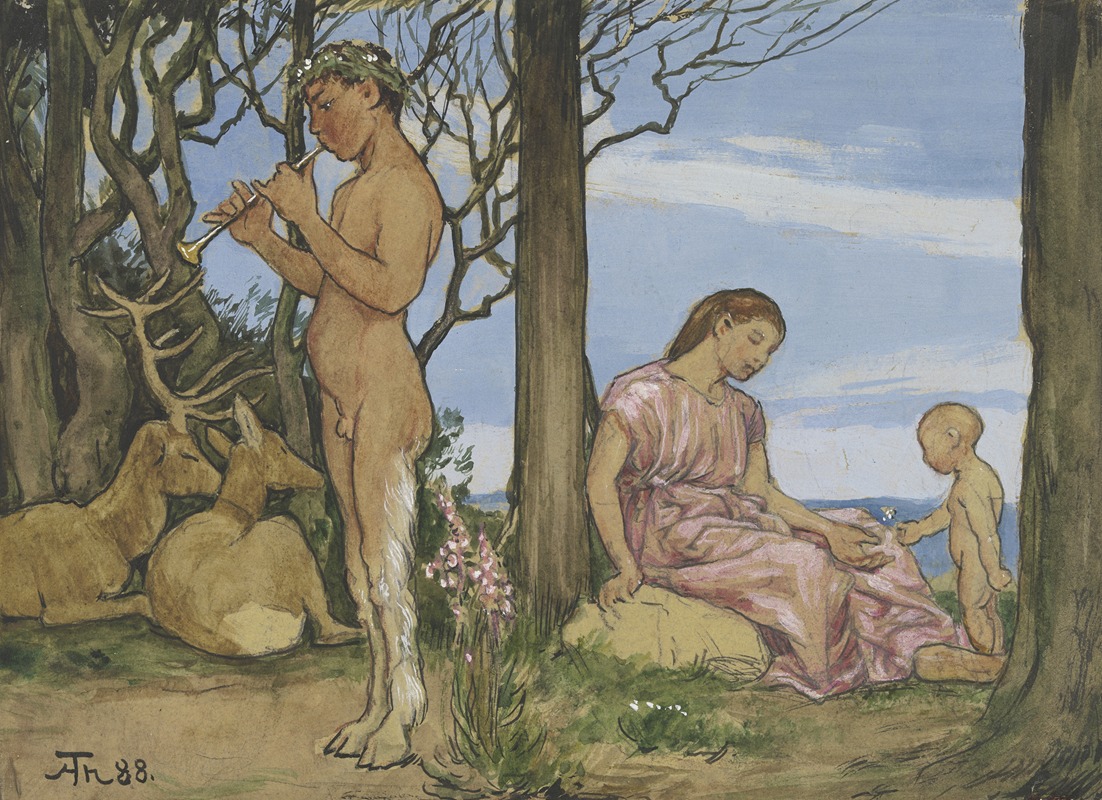
Faun and nymph
A hand-painted replica of Hans Thoma’s masterpiece Faun and nymph, meticulously crafted by professional artists to capture the true essence of the original. Each piece is created with museum-quality canvas and rare mineral pigments, carefully painted by experienced artists with delicate brushstrokes and rich, layered colors to perfectly recreate the texture of the original artwork. Unlike machine-printed reproductions, this hand-painted version brings the painting to life, infused with the artist’s emotions and skill in every stroke. Whether for personal collection or home decoration, it instantly elevates the artistic atmosphere of any space.
"Faun and Nymph" is a painting by the German artist Hans Thoma, created in 1869. Thoma, born in 1839 in Bernau in the Black Forest, was a prominent figure in the German art scene during the late 19th and early 20th centuries. He is known for his landscapes, portraits, and genre scenes, often imbued with a sense of romanticism and symbolism.
The painting "Faun and Nymph" depicts a mythological scene featuring a faun and a nymph, two figures from ancient mythology. Fauns are rustic forest gods associated with Pan in Greek mythology and are often depicted as half-human, half-goat creatures. Nymphs are minor female deities associated with nature, often depicted as beautiful maidens inhabiting rivers, forests, and other natural settings.
In this work, Thoma captures the faun and nymph in a serene and intimate moment within a lush, idyllic landscape. The faun, characterized by his goat-like features, is shown playing a flute, while the nymph listens attentively, embodying the harmony between nature and music. The setting is rich with greenery, flowers, and a sense of tranquility, reflecting Thoma's skill in creating detailed and atmospheric natural scenes.
Thoma's style in "Faun and Nymph" is marked by a meticulous attention to detail and a soft, almost dreamlike quality. His use of light and color enhances the ethereal and peaceful mood of the painting. The composition is balanced, with the figures placed harmoniously within the landscape, drawing the viewer's eye to the interaction between the faun and the nymph.
Hans Thoma's work often reflects his deep connection to nature and his interest in mythology and folklore. "Faun and Nymph" is a prime example of how he blended these elements to create a scene that is both enchanting and evocative. The painting is a testament to Thoma's ability to convey the beauty and mystery of the natural world through his art.
Throughout his career, Thoma received recognition and acclaim for his contributions to German art. He held various prestigious positions, including director of the Karlsruhe Art Gallery and professor at the Karlsruhe Academy of Fine Arts. His works are held in numerous public and private collections, and he remains an influential figure in the history of German painting.
"Faun and Nymph" continues to be appreciated for its artistic merit and its representation of Thoma's unique vision. The painting exemplifies his talent for merging mythological themes with naturalistic detail, creating a timeless and captivating work of art.





